
Post by : Zayd Kamal
In today’s world, the concept of Education Equality has become a critical focus for global development. Education is a powerful tool that shapes individuals, drives economies, and fosters social well-being. Unfortunately, unequal access to quality education continues to exist in many regions around the world. Education Equality means ensuring that every student, no matter their race, gender, socioeconomic status, or geographical location, has the opportunity to succeed and thrive in their educational journey. In this article, we will explore what Education Equality is, why it’s important, and how closing the educational gap can create a better future for all.
Education Equality refers to the idea that every student should have equal access to high-quality education, regardless of their background. It’s about providing all students with the same opportunities, resources, and support to help them achieve their academic potential. This concept goes beyond just providing access to schools—it encompasses equal access to necessary learning materials, qualified teachers, modern technology, and extracurricular opportunities. Achieving Education Equality involves eliminating barriers that prevent certain groups from accessing the same quality education as others. Whether due to income inequality, geographic location, or discrimination, Education Equality seeks to ensure that every student, from every walk of life, has the chance to succeed.
Education is one of the most effective tools for overcoming inequality. It equips individuals with the knowledge, skills, and critical thinking abilities necessary for personal and professional growth. However, when educational opportunities are not equally available to everyone, it perpetuates cycles of poverty, social unrest, and inequality. By ensuring Education Equality, we can break these cycles. Access to quality education provides people with the tools to improve their circumstances, secure better job opportunities, and contribute meaningfully to the economy. Furthermore, when everyone has access to education, the society as a whole benefits, fostering innovation, social harmony, and economic growth. Thus, Education Equality is not only an individual issue, but a collective one that affects the entire community.
There are several reasons why educational gaps exist, and they are often deeply rooted in societal structures. One major factor is socioeconomic status. Students from low-income families often face significant barriers to accessing quality education, including a lack of resources such as books, technology, and a quiet place to study. These challenges make it more difficult for them to excel academically when compared to their wealthier peers. Another key factor is geographical location. In rural or remote areas, schools may be underfunded, lack qualified teachers, or simply not offer the same range of opportunities as those in urban centers. Distance to school and lack of transportation can also be significant barriers for rural students. Furthermore, racial and ethnic disparities contribute to educational inequalities. Students from marginalized racial and ethnic groups often face discrimination, bias, and a lack of representation in the curriculum, all of which can impact their academic success. Gender inequality is also a key issue, with girls in some parts of the world still denied equal educational opportunities. Finally, students with disabilities often face physical, social, and academic barriers, preventing them from fully participating in the educational system.
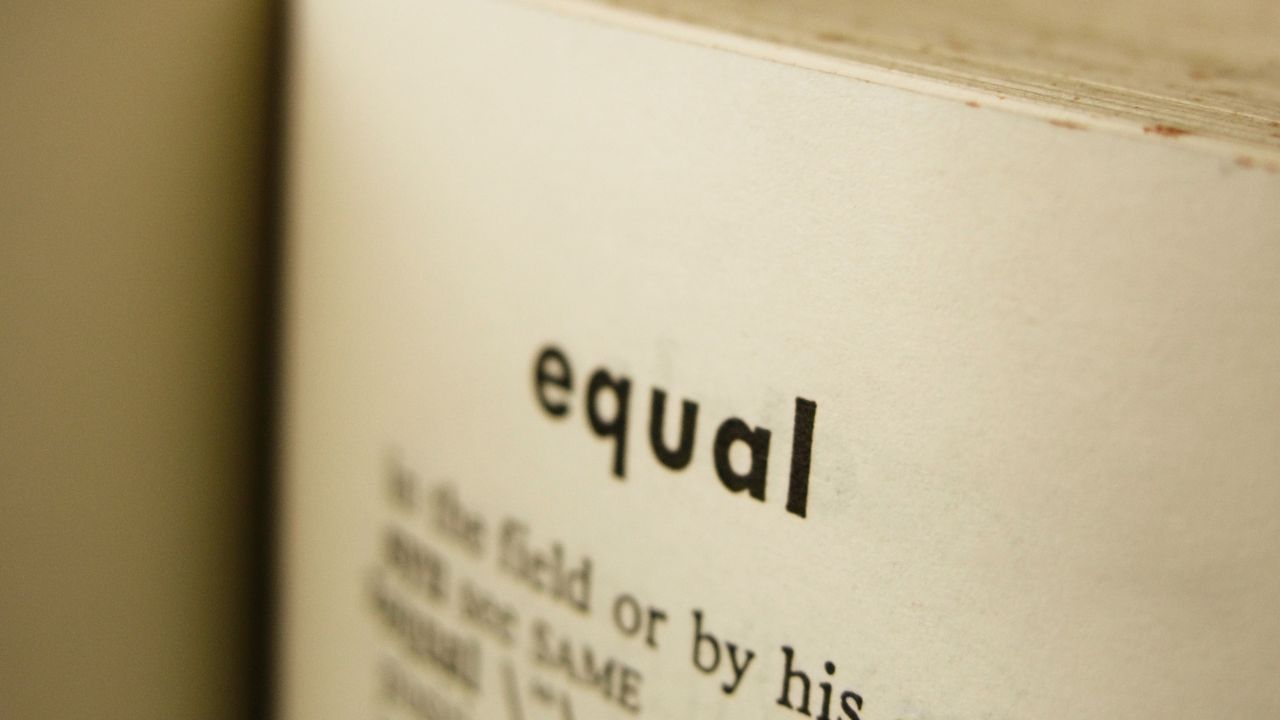
To achieve Education Equality, it is essential to address these gaps and invest in strategies that create equal opportunities for all students. One of the first steps is to invest in school infrastructure, particularly in underserved areas. This includes providing schools with the necessary resources—such as textbooks, modern technology, and well-maintained facilities—to create an environment where students can learn and thrive. Along with infrastructure, teacher training and support is a key factor. Teachers play a pivotal role in shaping students' futures, so providing ongoing professional development and competitive salaries will help ensure that teachers are equipped to meet the needs of all students, regardless of their background. Another critical strategy is providing scholarships and financial aid for students from low-income families. Financial support can reduce the economic burden of education and help students stay in school and pursue higher education.
Creating an inclusive education system is also essential for ensuring equal opportunities for all students. This means developing curricula that embrace diversity and ensuring that students from all backgrounds—whether racial, ethnic, gender, or ability—feel supported and valued in the classroom. Schools need to have trained staff and appropriate accommodations for students with disabilities, ensuring they can participate fully in their education. In addition, community engagement plays an essential role in closing the education gap. Parents, local governments, and community organizations can collaborate to provide additional support, such as after-school programs, mentorship opportunities, and access to educational resources. Lastly, promoting gender equality in education is crucial for closing the educational gap. This can be achieved by addressing gender-based violence, providing scholarships specifically for girls, and challenging cultural norms that prevent girls from attending school.
As we look toward the future, Education Equality is an ongoing challenge, but one that is worth tackling. Closing the educational gap will take time, commitment, and a concerted effort from governments, educational institutions, and communities worldwide. However, the benefits of achieving Education Equality are far-reaching. By investing in education, we are not only investing in the future of individuals but also in the future of entire communities and nations. When education is equally accessible to all, it creates a society where everyone can contribute to economic growth, innovation, and social progress. Ultimately, Education Equality is not just a goal but a necessity for building a better, more inclusive world.
Education Equality: Closing the Gap for a Better Future highlights the critical importance of providing equal access to quality education for all individuals, regardless of their socioeconomic status, location, gender, or background. The article explores how unequal access to education perpetuates cycles of poverty and inequality, and emphasizes the need for societal and governmental action to ensure that every student has the resources, opportunities, and support to succeed. It delves into the various factors that contribute to educational gaps, such as geographic location, income disparities, and discrimination, and outlines strategies to close these gaps, including investing in infrastructure, teacher training, scholarships, and inclusive education systems. Achieving Education Equality is seen as key to creating a more equitable and prosperous future for all individuals and societies.
Disclaimer: This content is provided by DXB News Network for informational purposes only. While every effort is made to ensure the accuracy of the information, readers are encouraged to consult educational experts and institutions for tailored advice.

Siemens Healthineers Unveils SHIFT Hub at Global Health 2025
Siemens Healthineers showcases cutting-edge diagnostics, MRI & PET/CT systems, and the new SHIFT Inn

Ranveer Brar Launches Kashkan – Kissaghar in Dubai
Chef Ranveer Brar unveils Kissaghar in Dubai, blending Indian heritage, art, and modern gastronomy f
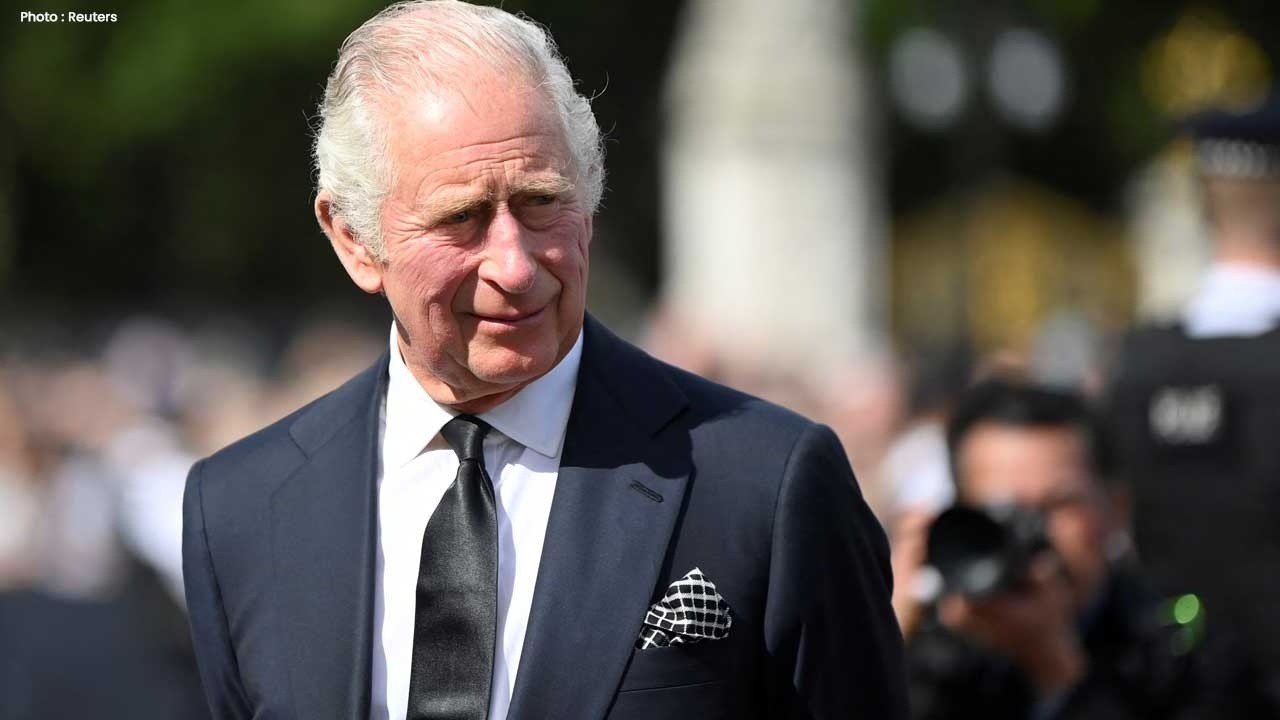
King Charles Unveils UK’s First LGBT Military Memorial
King Charles unveils UK’s first LGBT military memorial, honouring veterans once banned for serving o

Madras HC Orders SOPs for Political Rallies After Karur Tragedy
Madras High Court gives Tamil Nadu 10 days to frame SOPs for political rallies after Karur tragedy t

Dubai-Bound Flight From Madurai Diverted After Midair Snag
Dubai-bound flight from Madurai diverted after midair snag; all passengers safe as pilot ensures a s
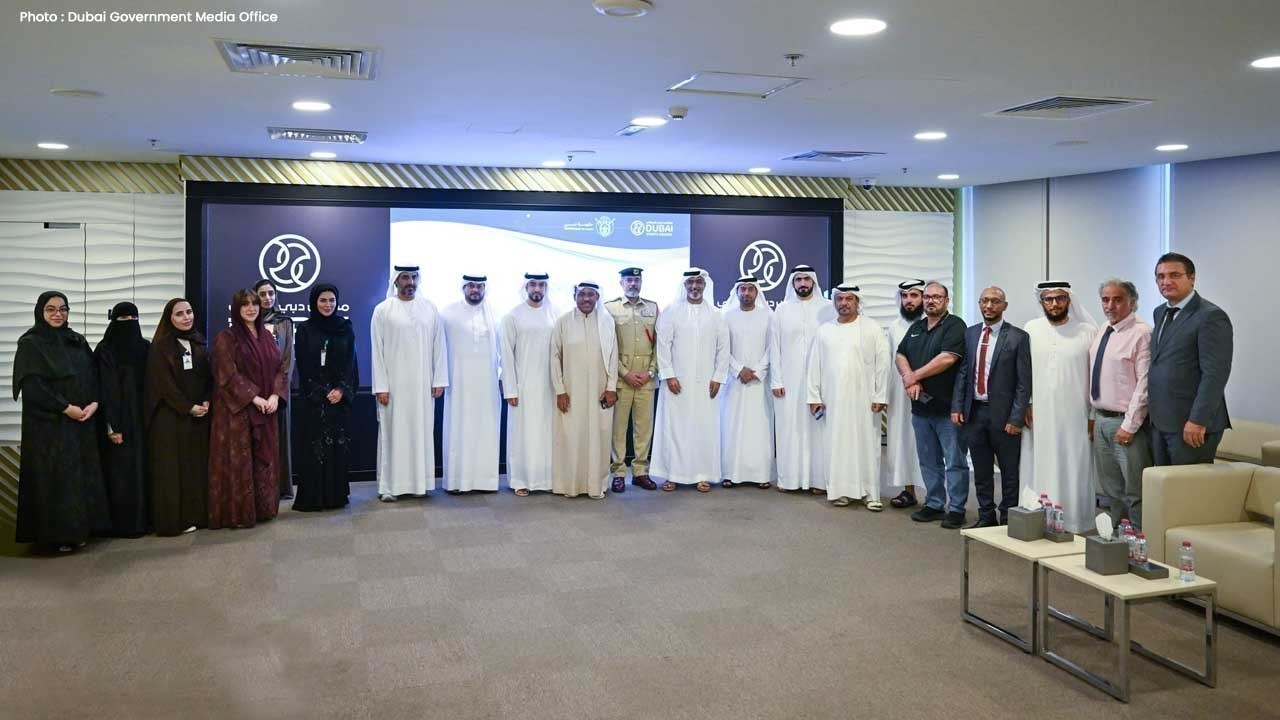
Dubai Sports Council Launches New GARS Season for 2025–26
Dubai Sports Council launches new GARS 2025–26 initiative to build strong values, life skills, and s
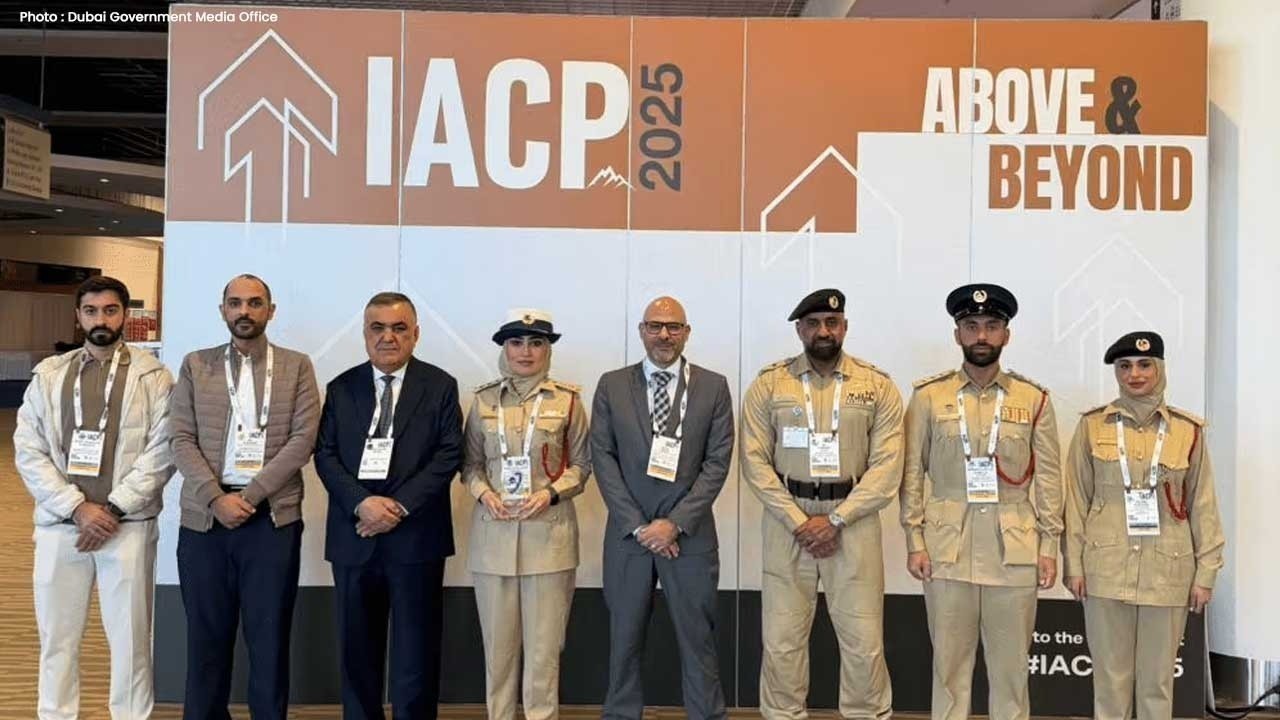
Dubai Police Earn Five IACP Awards 2025 for Excellence
Dubai Police secure five IACP Awards 2025, celebrating world-class achievements in innovation, leade

Dubai National Day 2025 Celebrating Unity Culture and Progress in UAE
Celebrate Dubai National Day 2025 with unity culture heritage fireworks parades and family friendly
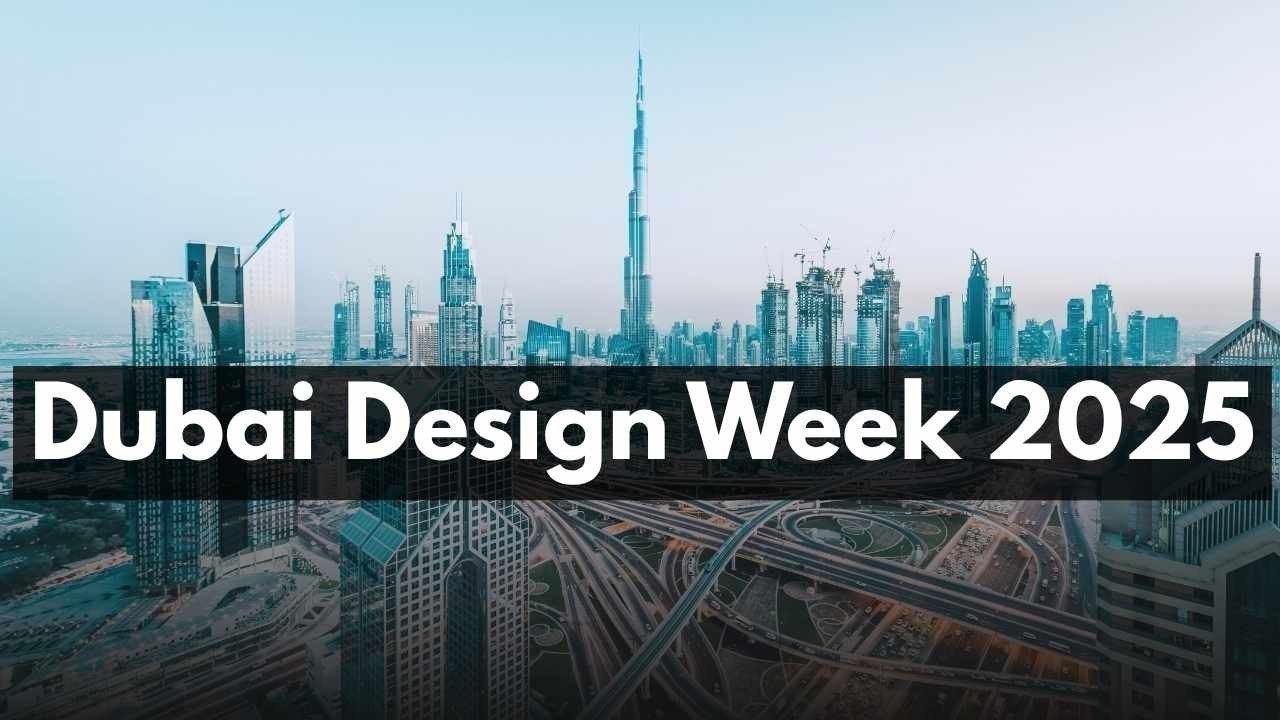
Dubai Design Week 2025 A Spectacular Celebration of Creativity and Innovation
Explore Dubai Design Week 2025 where creativity innovation and culture come alive with art fashion a

Shreyas Iyer in ICU After Rib Injury Scare in Sydney
Cricket star Shreyas Iyer hospitalized in Sydney ICU after internal bleeding from a rib injury. Fans

Dubai Shopping Festival 2025 Deals Culture & Fun for Everyone
Discover Dubai Shopping Festival 2025 amazing deals cultural experiences family fun live entertainme

Dubai Food Festival 2025 Brings Global Flavors and Culture Together
Experience Dubai Food Festival 2025 Enjoy global flavors Emirati cuisine live shows and family fun i
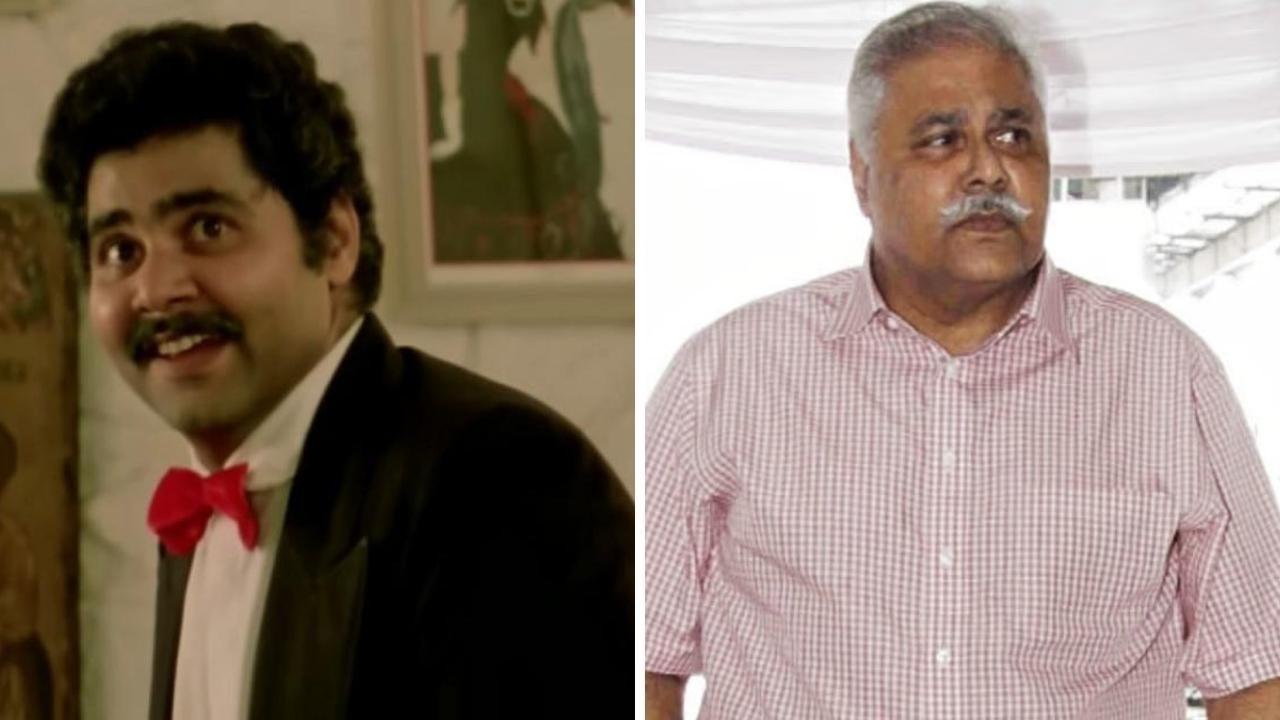
Satish Shah The Comedy Legend Who Defined Generations of Indian Laughter
Celebrate the life of Satish Shah the legendary actor who brought laughter and warmth to Indian cine
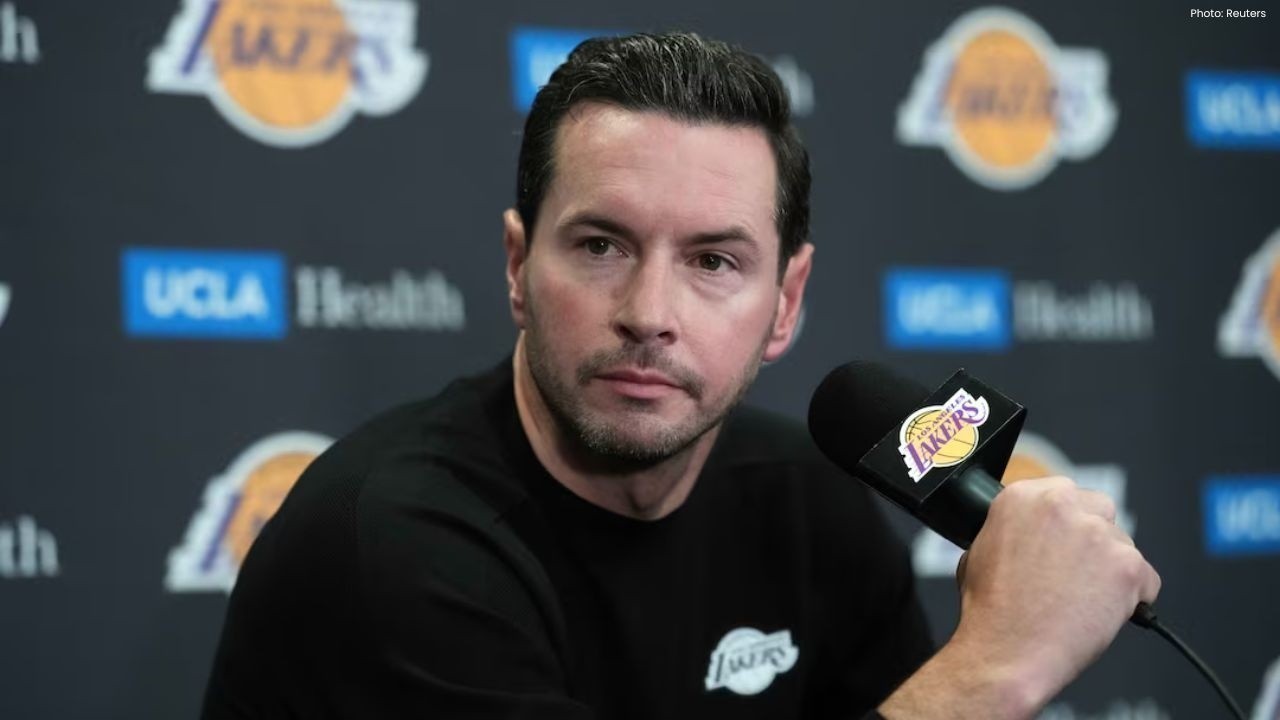
Doncic Scores 49 as Lakers Beat Timberwolves 128-110
Luka Doncic scores 49 points, Lakers shoot 59% to beat Timberwolves 128-110; Austin Reaves, Rui Hach
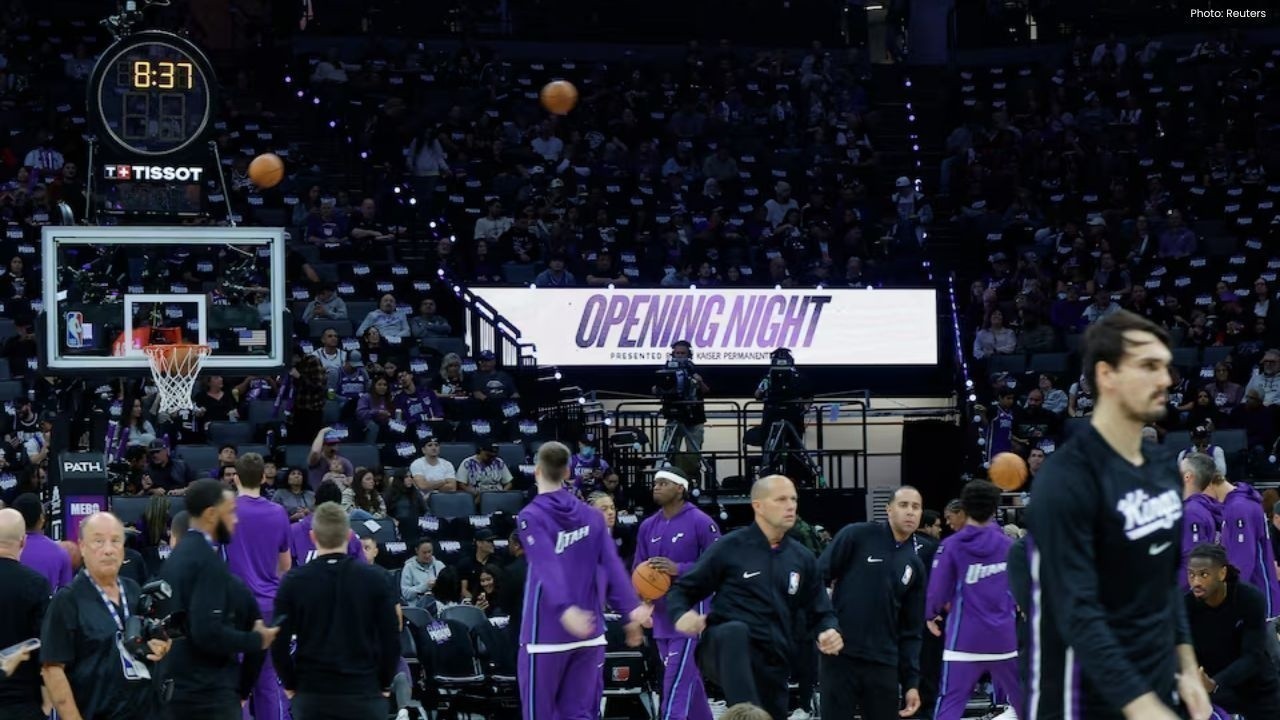
Sacramento Kings Beat Utah Jazz 105-104 with Late Sabonis Shot
Domantas Sabonis scores game-winner as Kings beat Jazz 105-104 in home opener, Zach LaVine and Malik